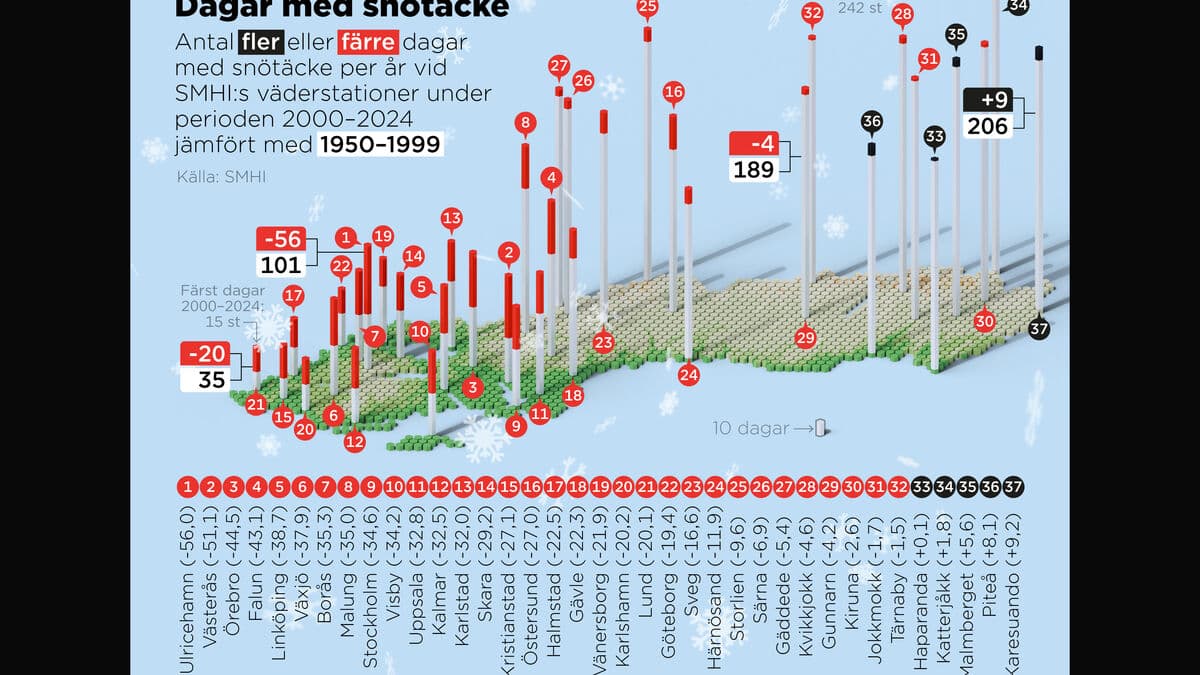Last year was another extreme year for the world's oceans, according to Copernicus' annual report State of The Ocean. The world's oceans are affected by global warming, mainly due to human emissions of greenhouse gases.
"The ocean is characterized by increased warming, melting sea ice, more widespread and intensified marine heatwaves, and an extreme algal bloom", writes Copernicus.
Almost a quarter, 22 percent, of the world's ocean surfaces were affected by an extreme marine heatwave last year. The development is rapid. Since 2008, the duration of marine heatwaves has doubled, from 20 to 40 days.
The heat also penetrates deep into the oceans. A heatwave in the Mediterranean in 2022 reached a depth of 1,500 meters.
The heatwaves risk having a severe impact on plant and animal life, where some species risk extinction, while others migrate. It can also mean that invasive species gain a foothold.
The increased heat also leads to more extreme weather, and Copernicus researchers have been able to see that the highest waves have become even higher, between 2002 and 2020.
Ocean heat has been continuously increasing on the planet since the 1960s, but the rate has accelerated. It was previously at 0.58 watts per square meter, but now the warming rate is 1.05 watts.
When the temperature in the ocean increases, it contributes to the melting of sea ice at the poles. In 2023, the lowest ice level ever was reached, where the Arctic has lost 4 percent of its sea ice cover per decade between 1979 and 2023.





